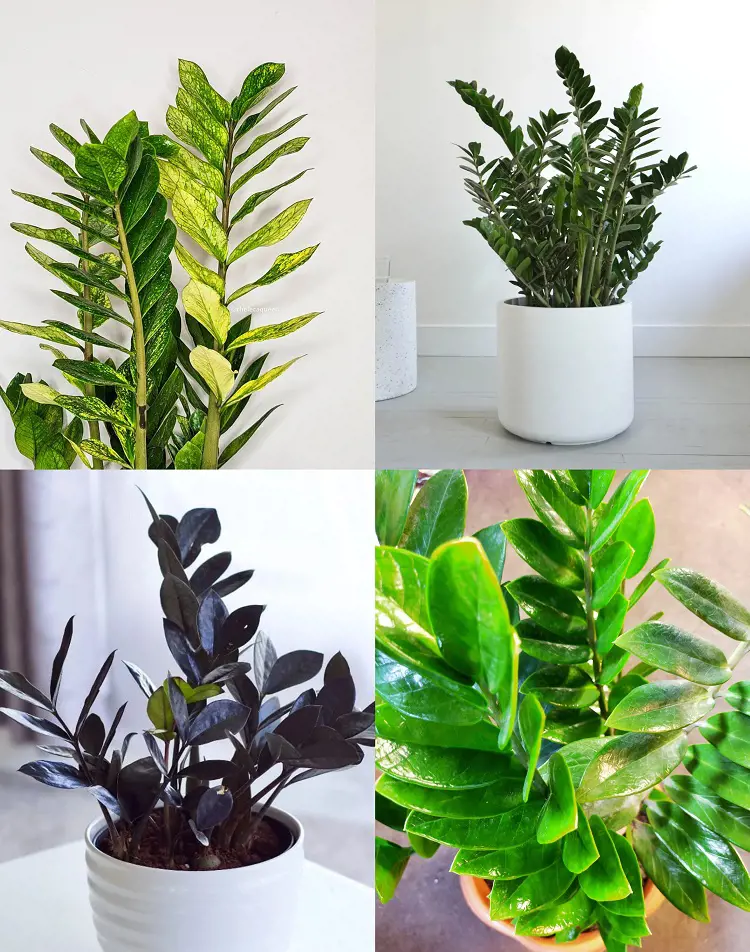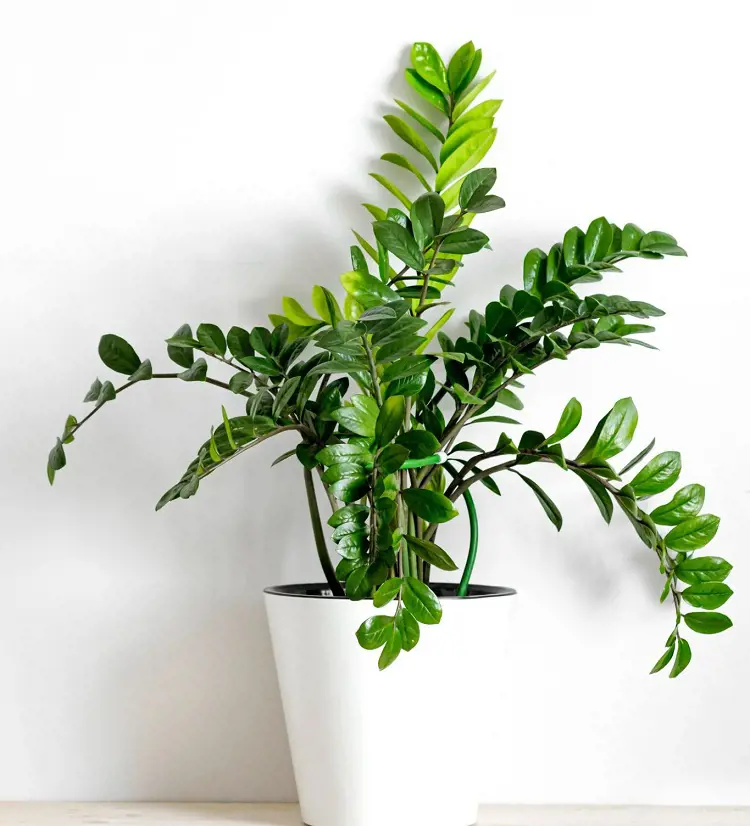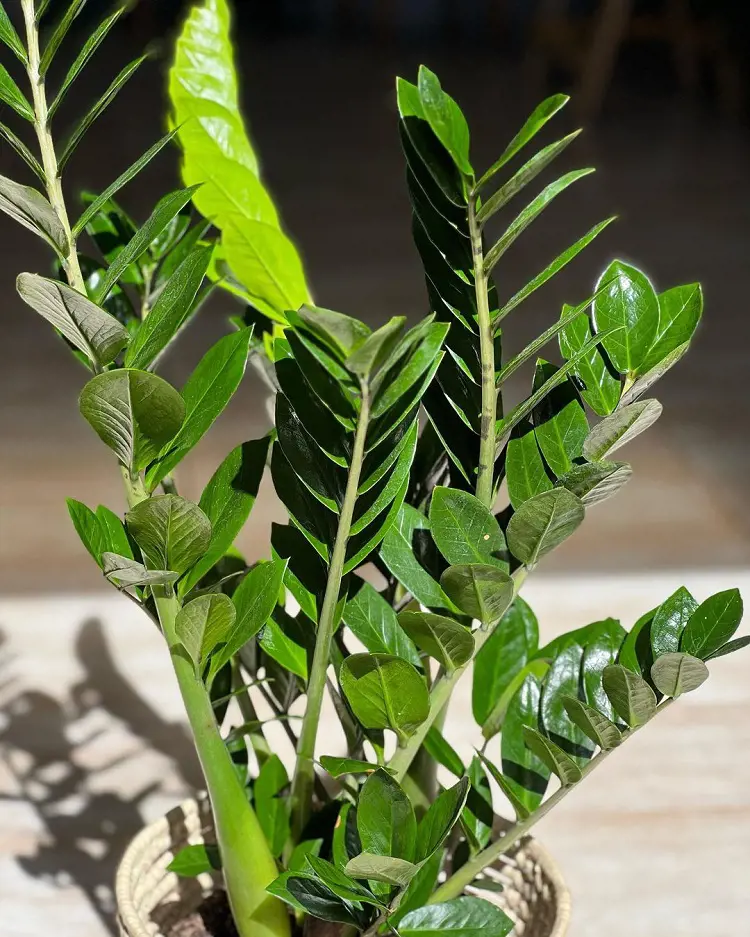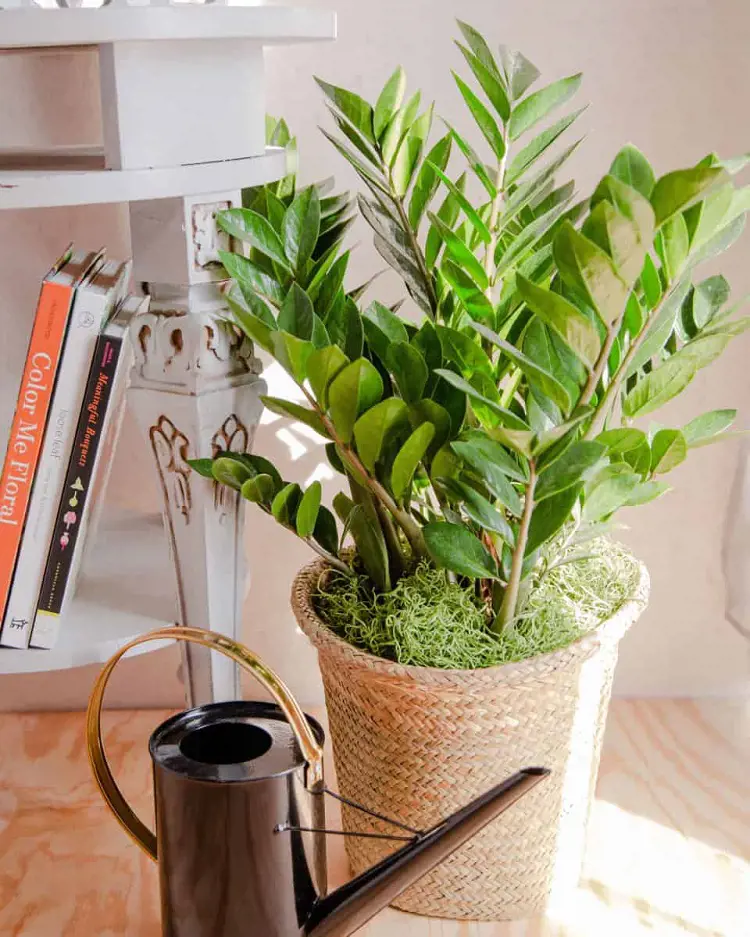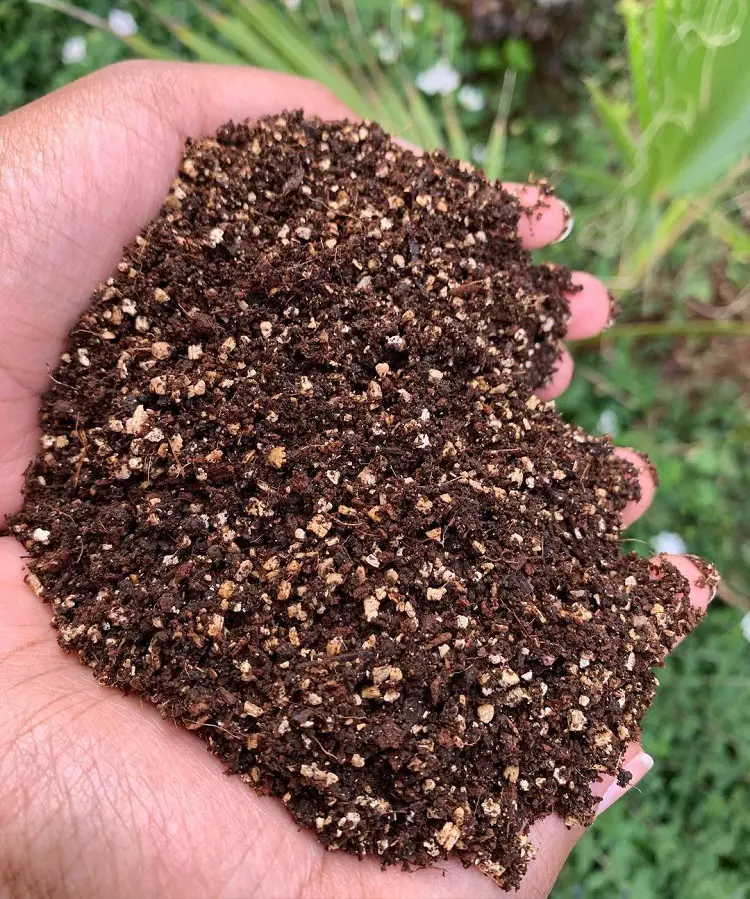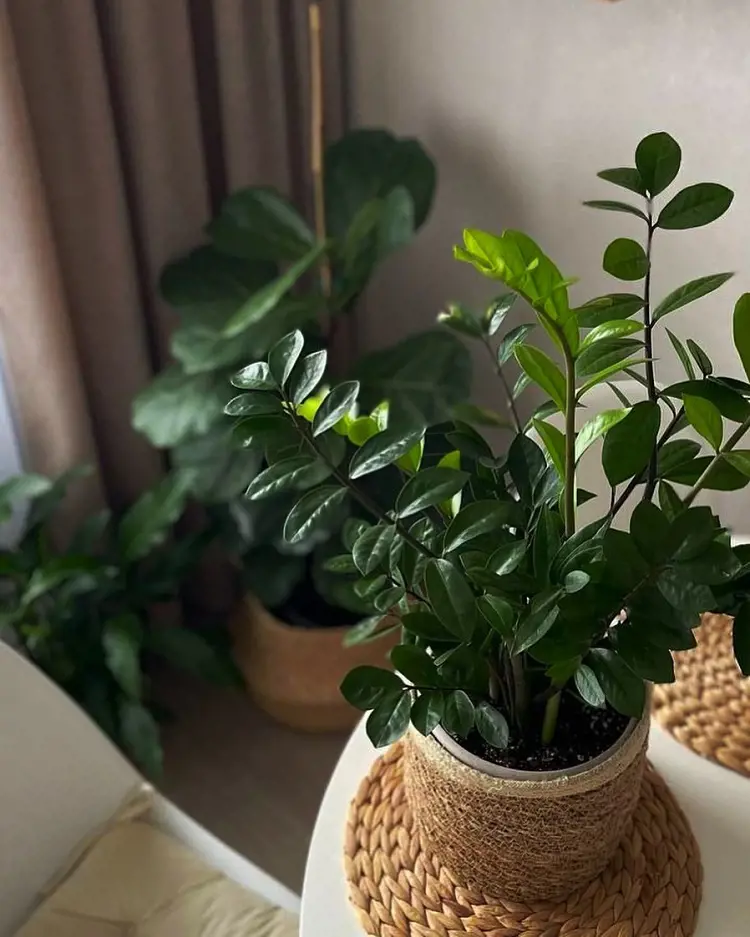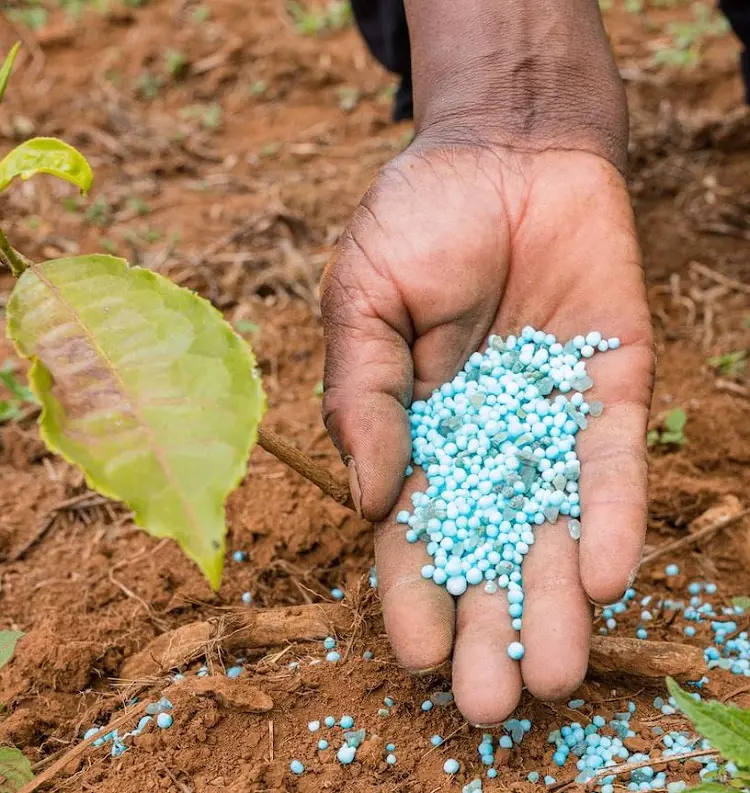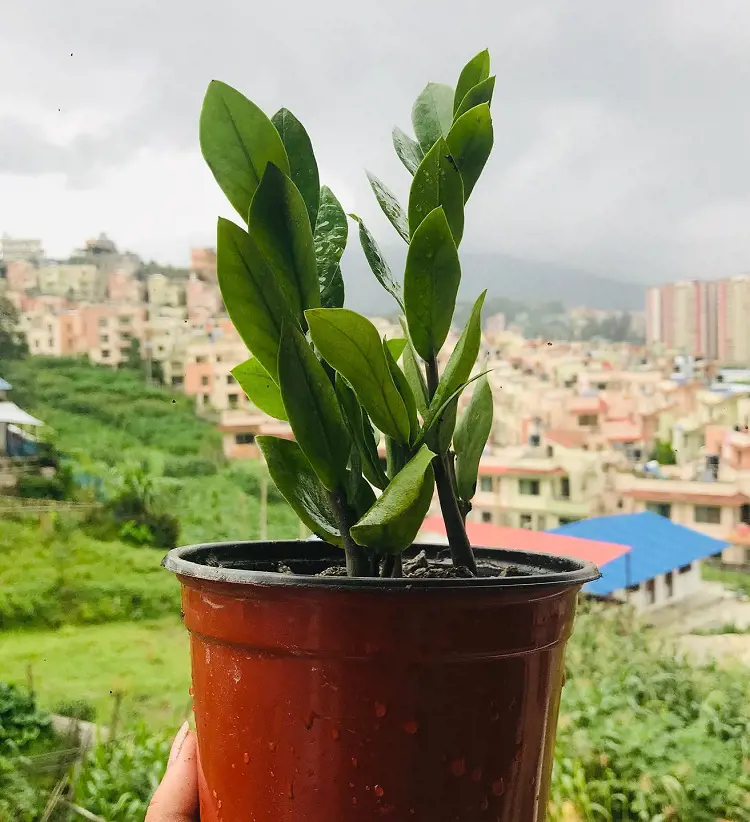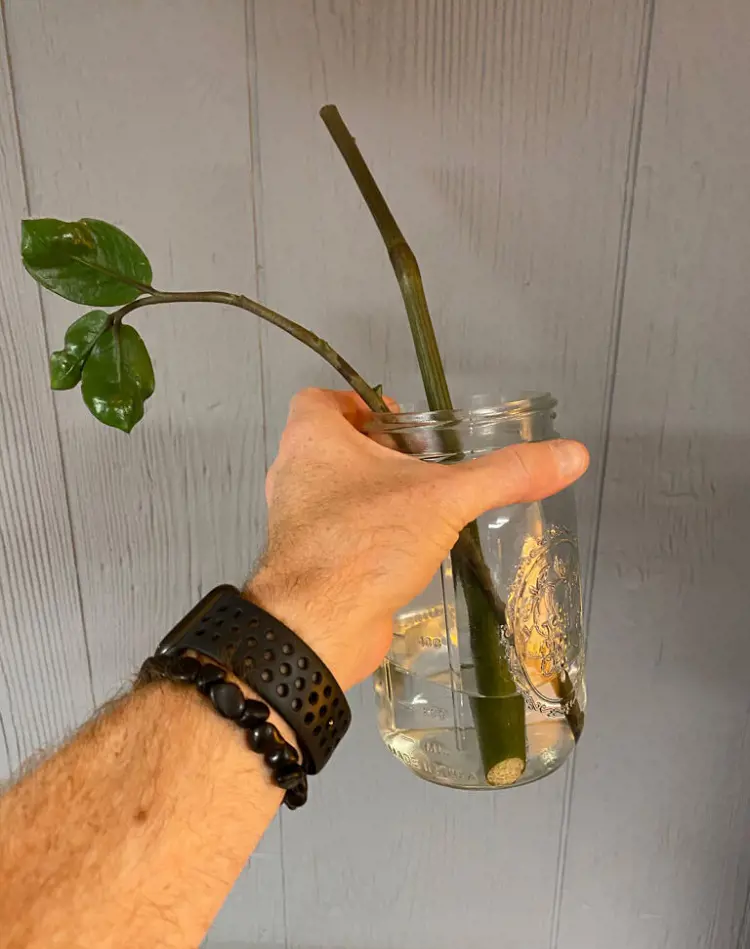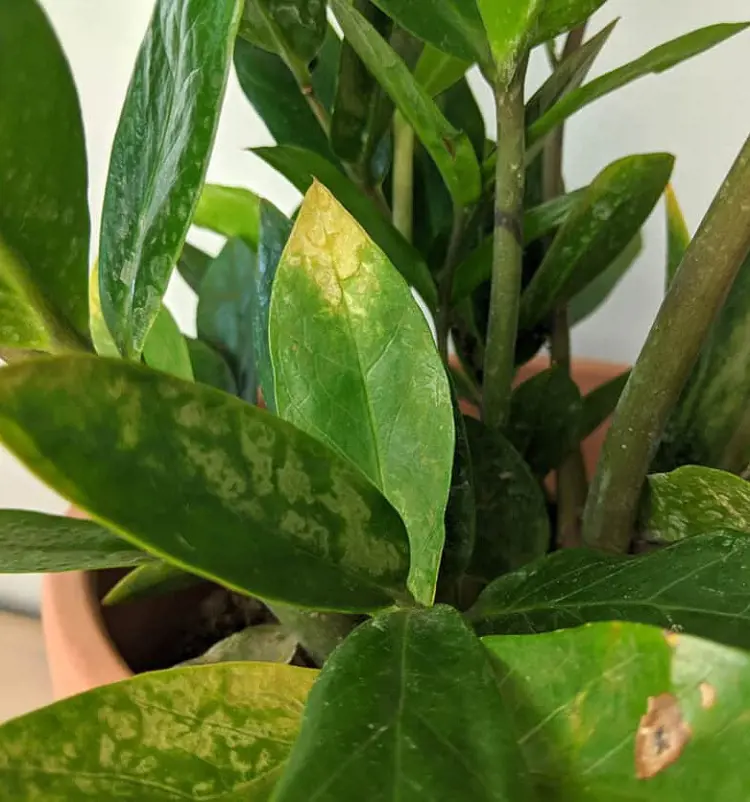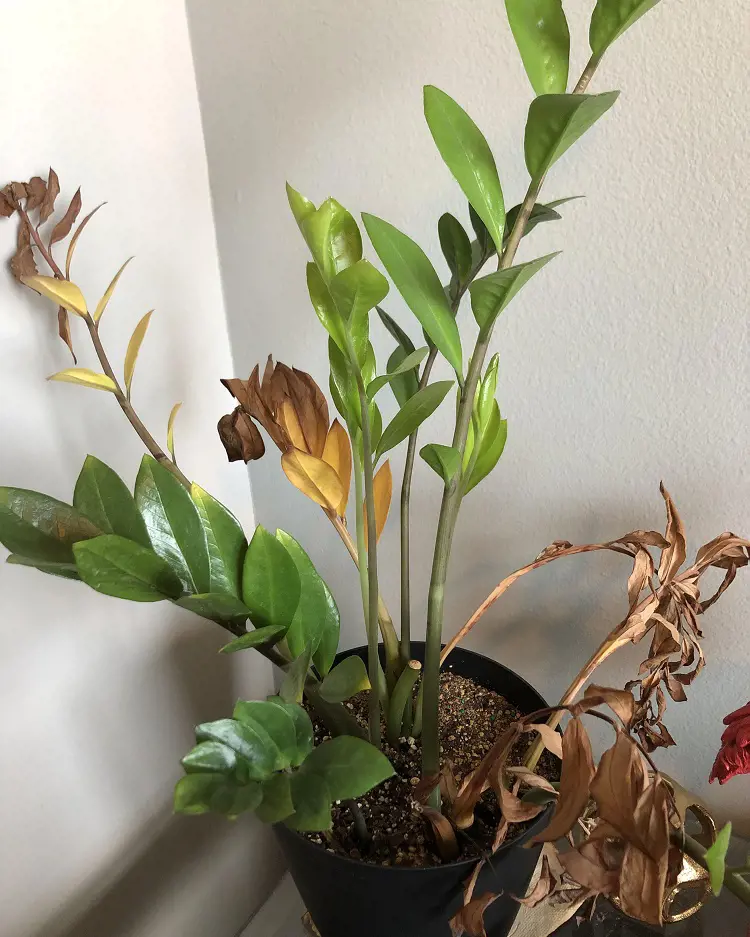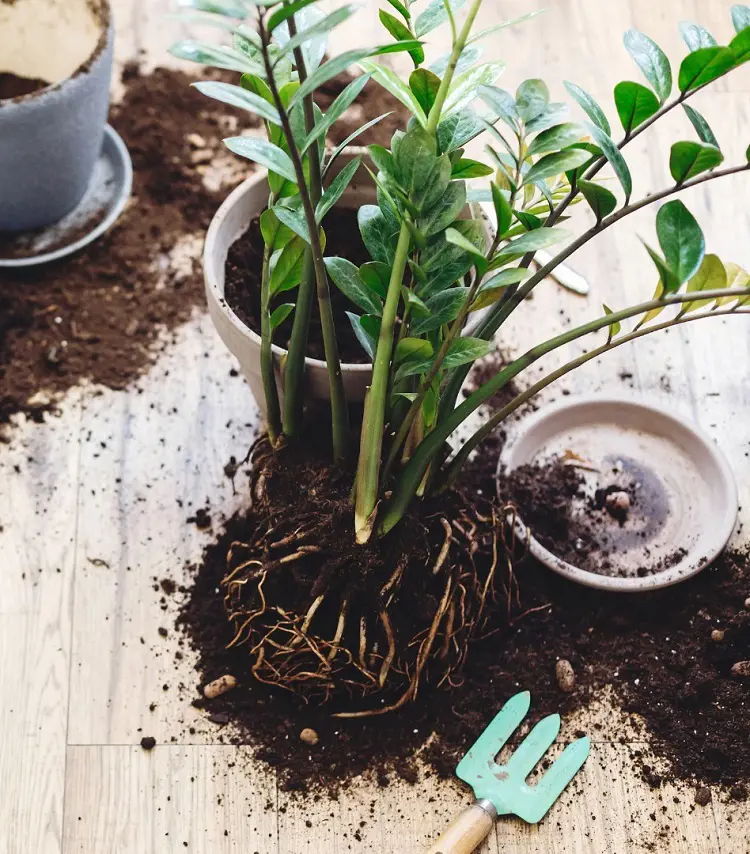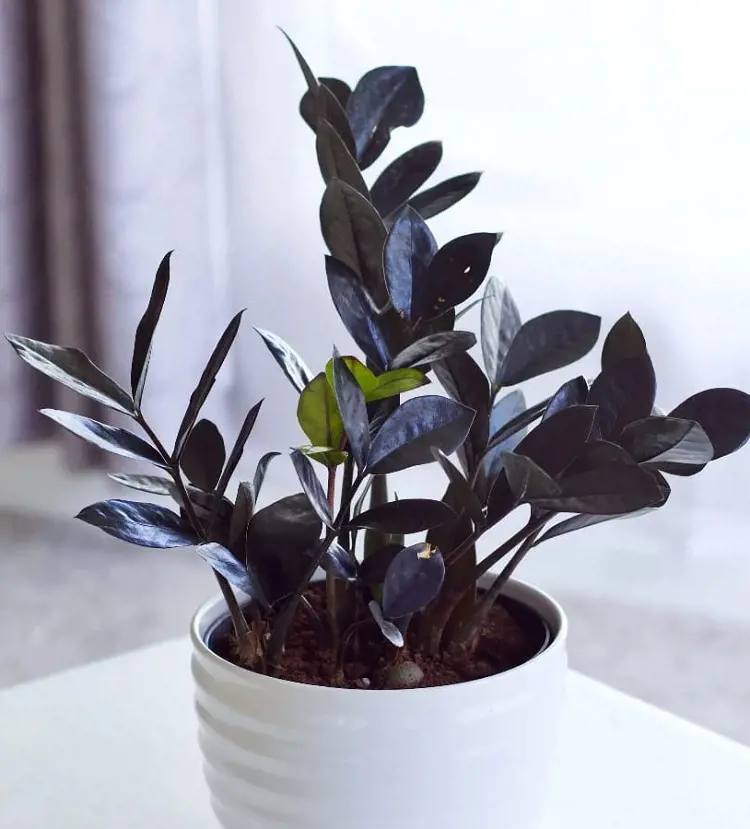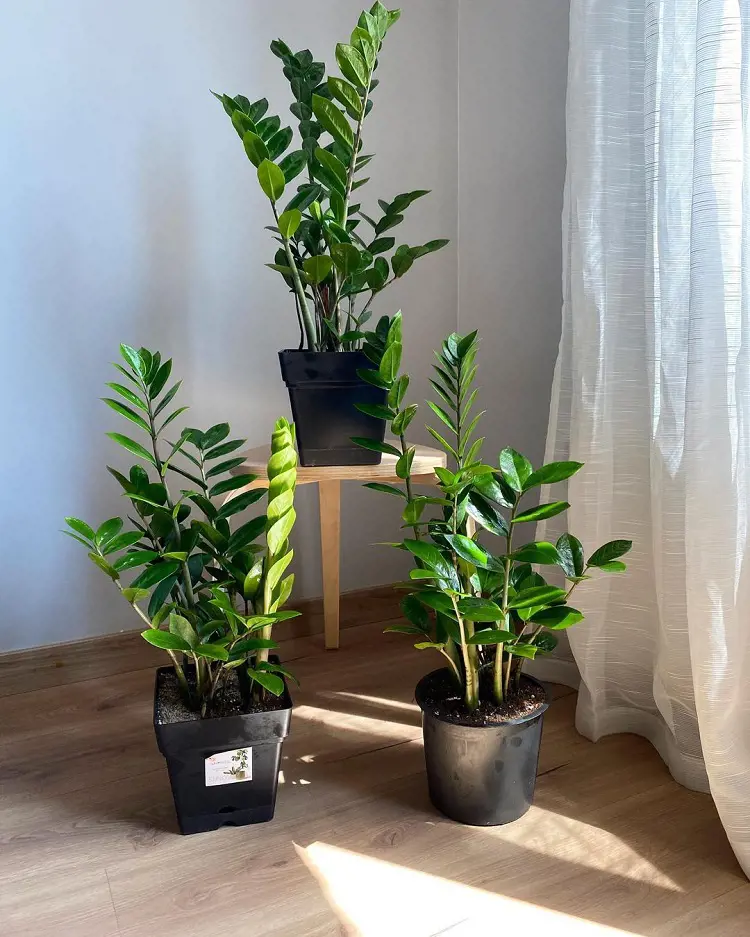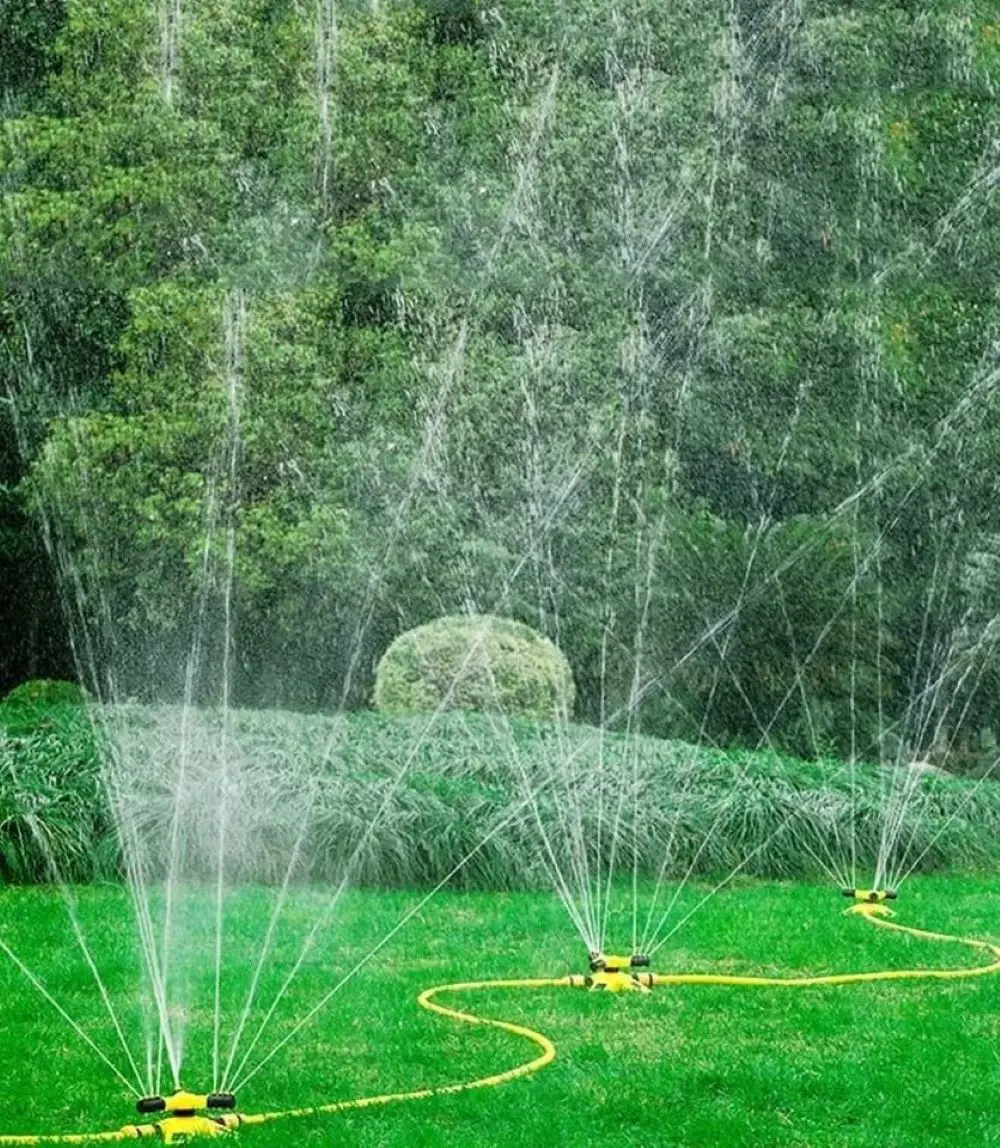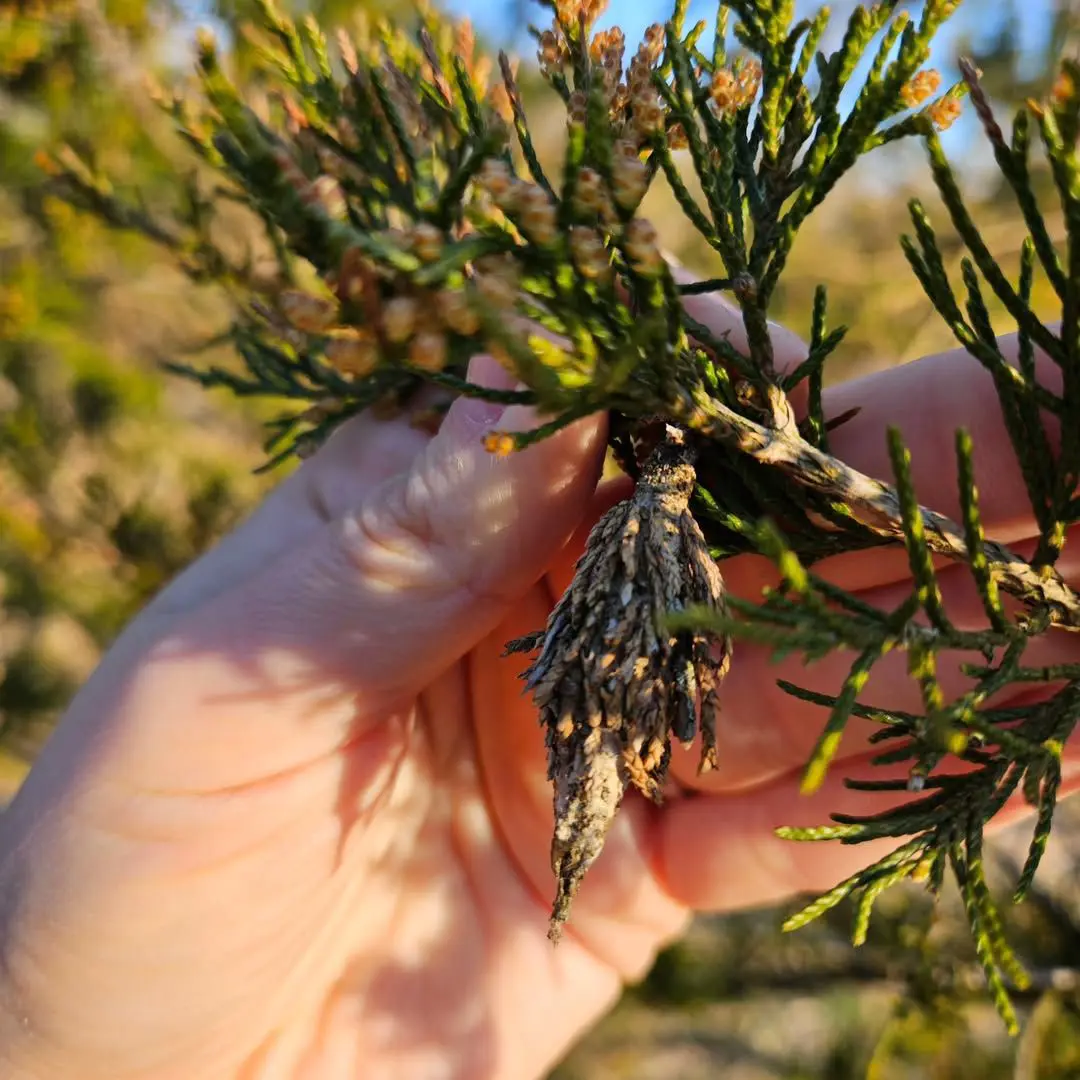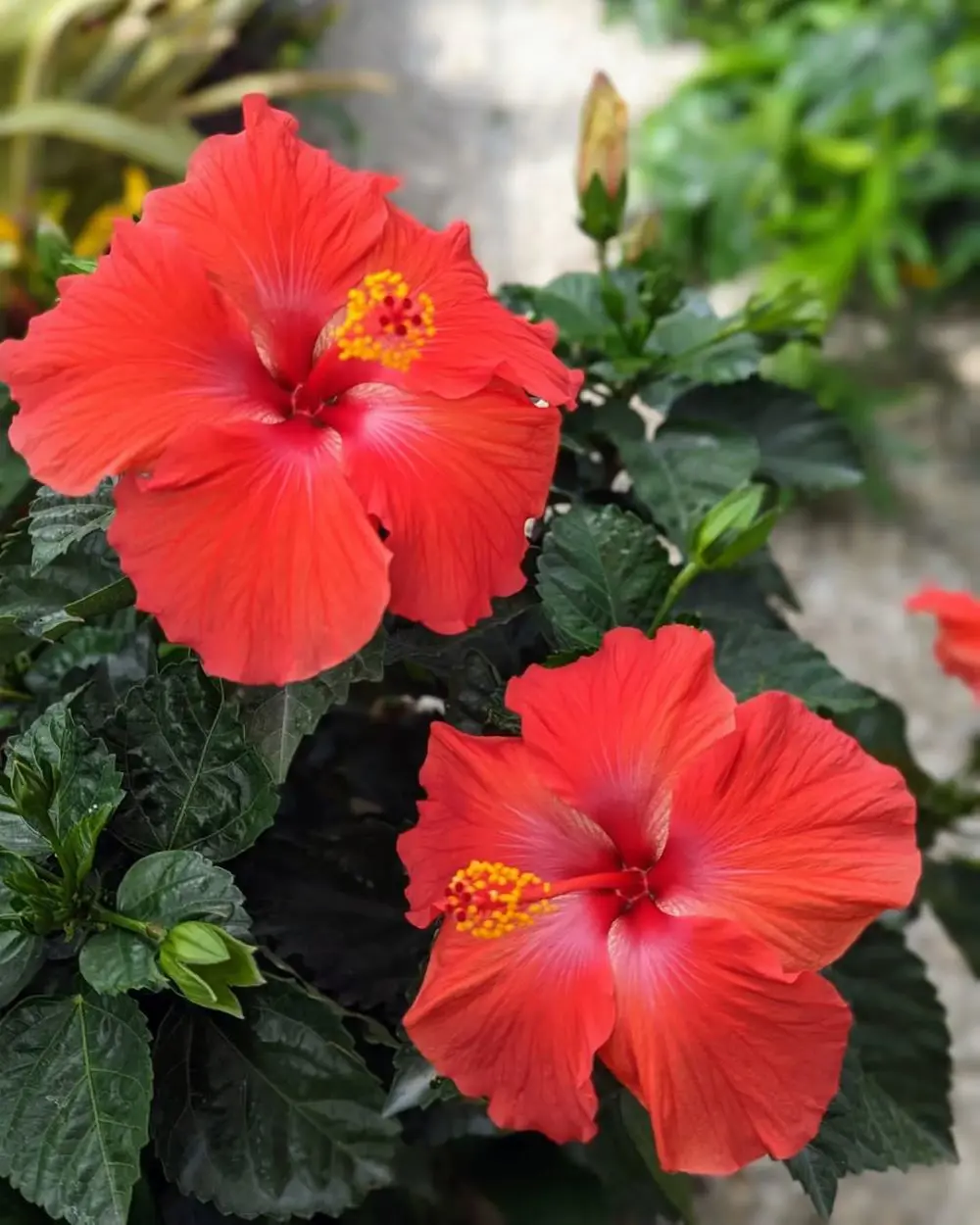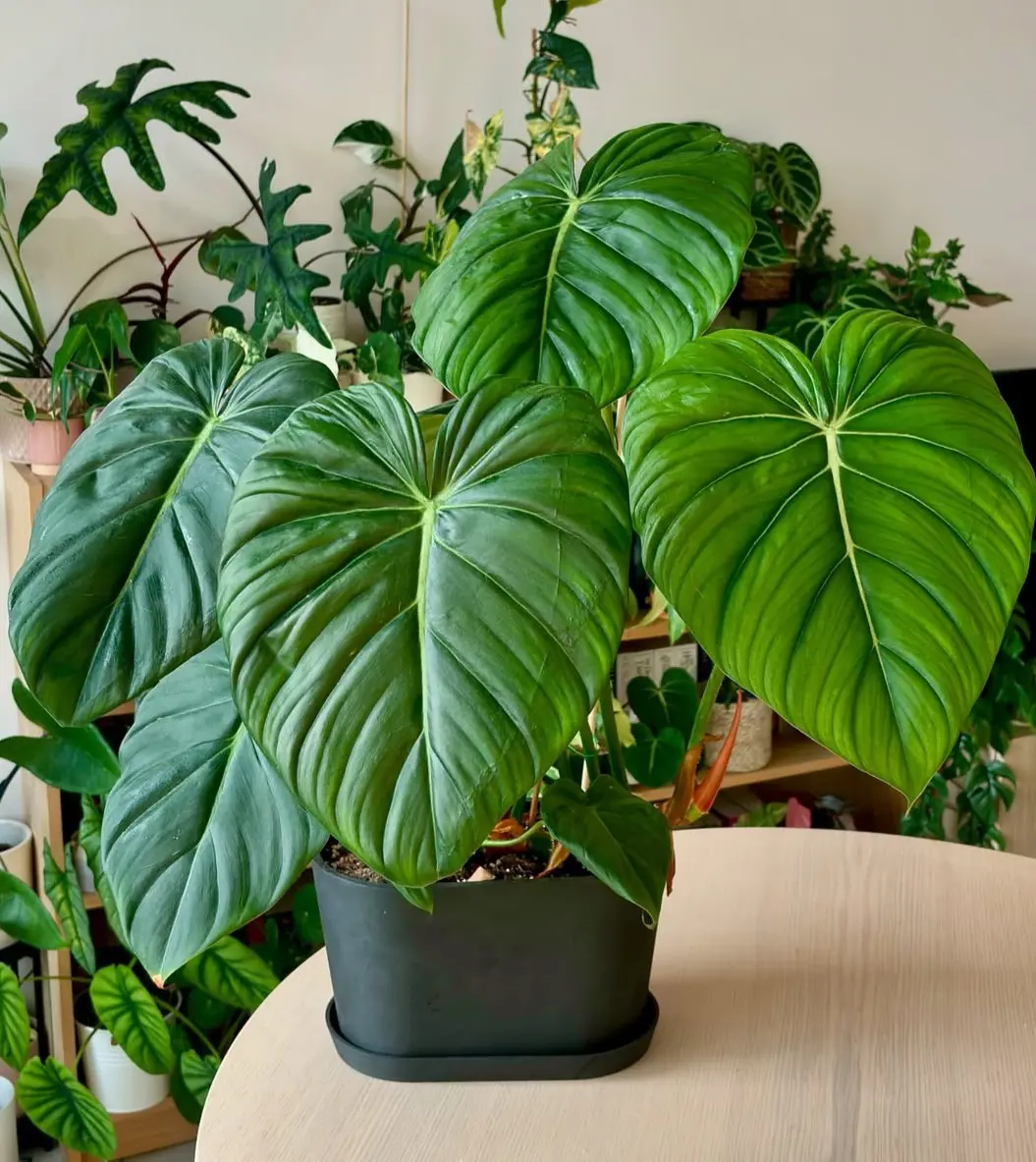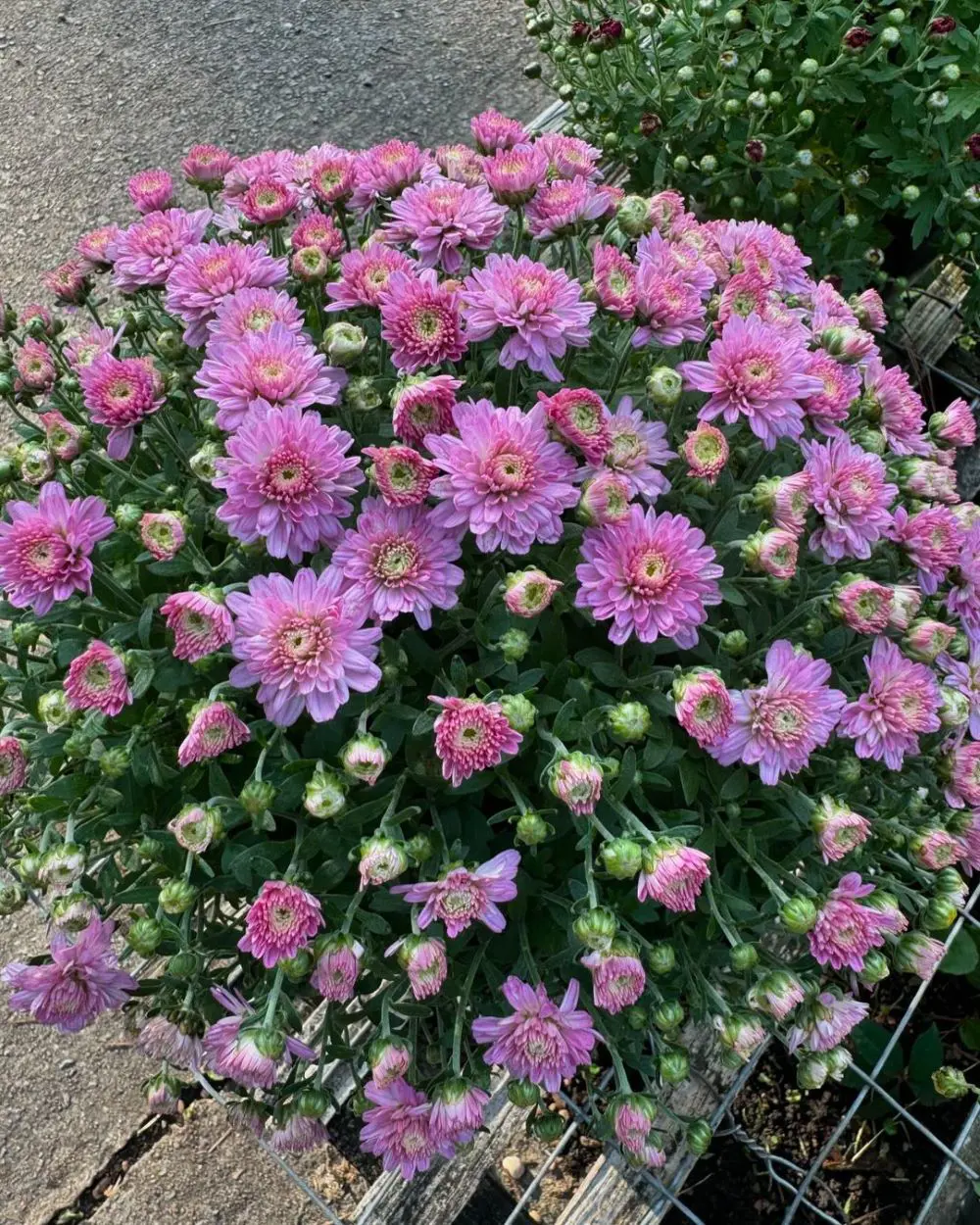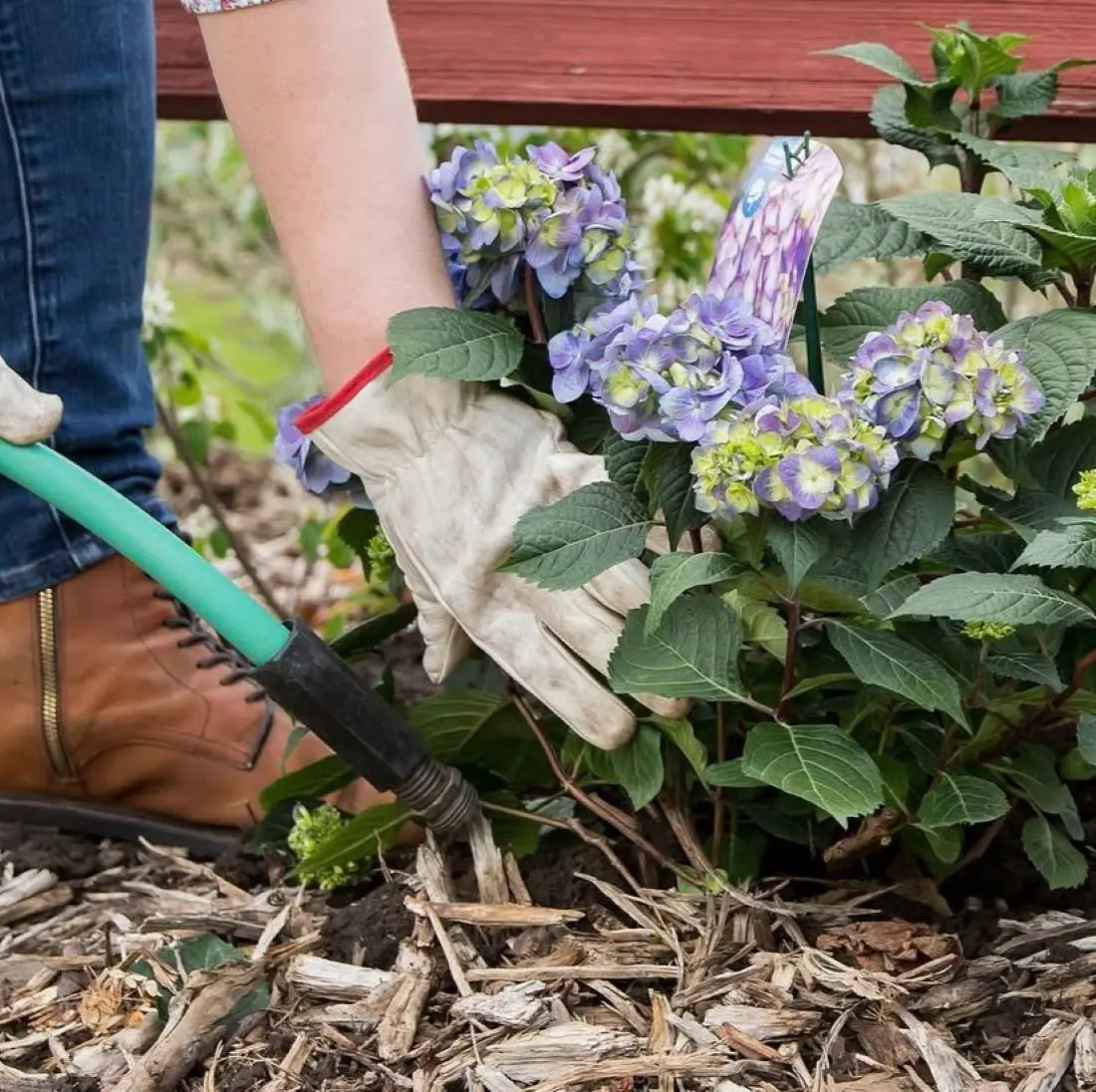Introduction To The ZZ Plant
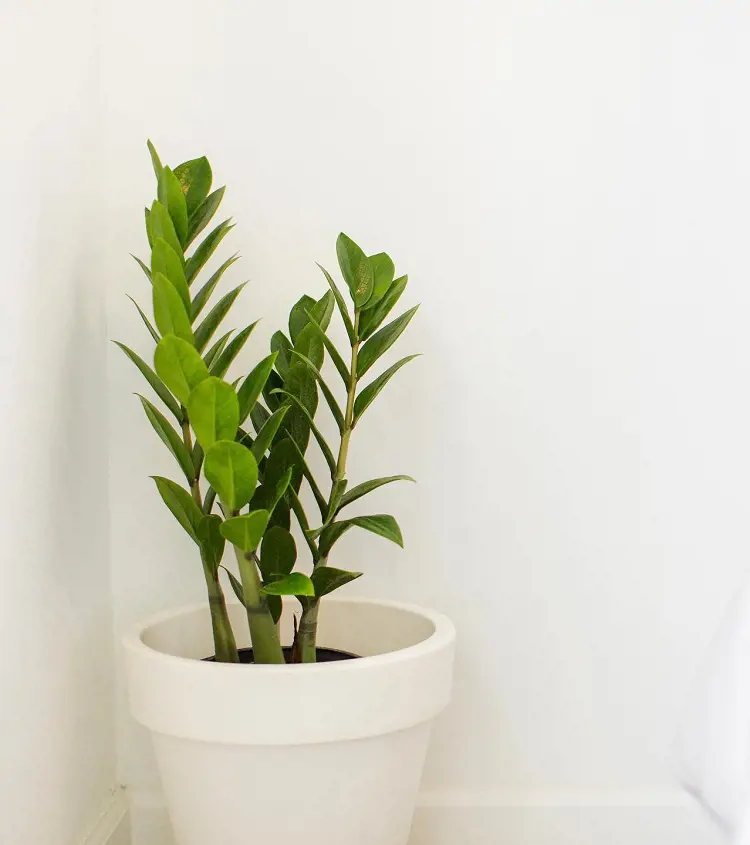
Before delving into care tips, it's essential to understand the characteristics of the ZZ plant. This tropical gem hails from Eastern Africa and features glossy, dark green leaves that grow in a feather-like pattern. This low-light indoor plant is often praised for its air-purifying qualities, making it a popular choice for indoor spaces.
- Common Name: ZZ plant, Zanzibar gem, eternity plant
- Botanical Name: Zamioculcas zamiifolia
- Family: Araceae
- Plant Type: Perennial
- Mature Size: 2-4 ft. tall, 2-4 ft. wide
- Sun Exposure: Partial
- Soil Type: Well-draining
- Soil pH: Neutral, acidic
- Bloom Time: Spring
- Flower Color: Yellow, green, white
- Native Area: Africa
- Toxicity: Toxic to humans, toxic to pets
